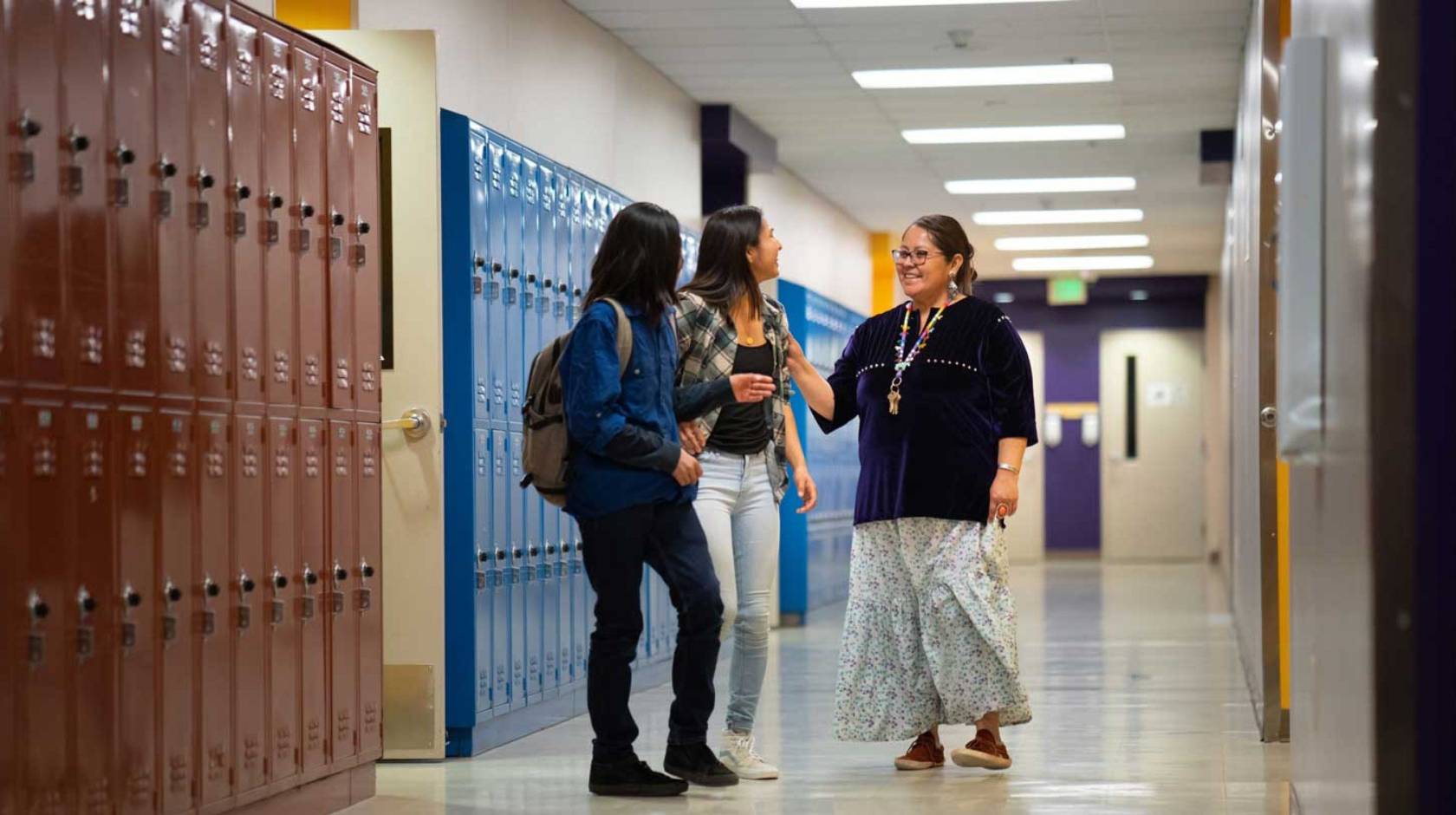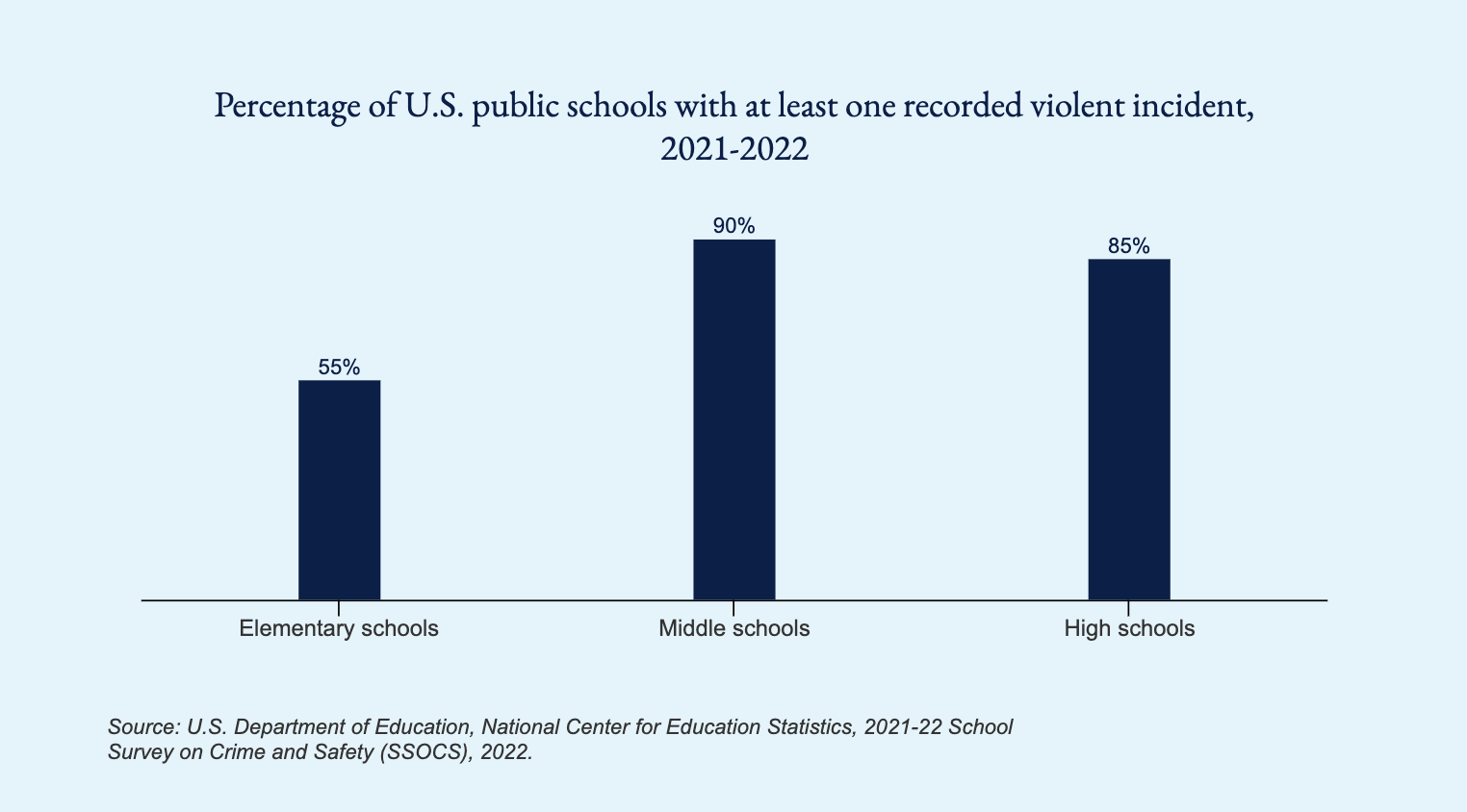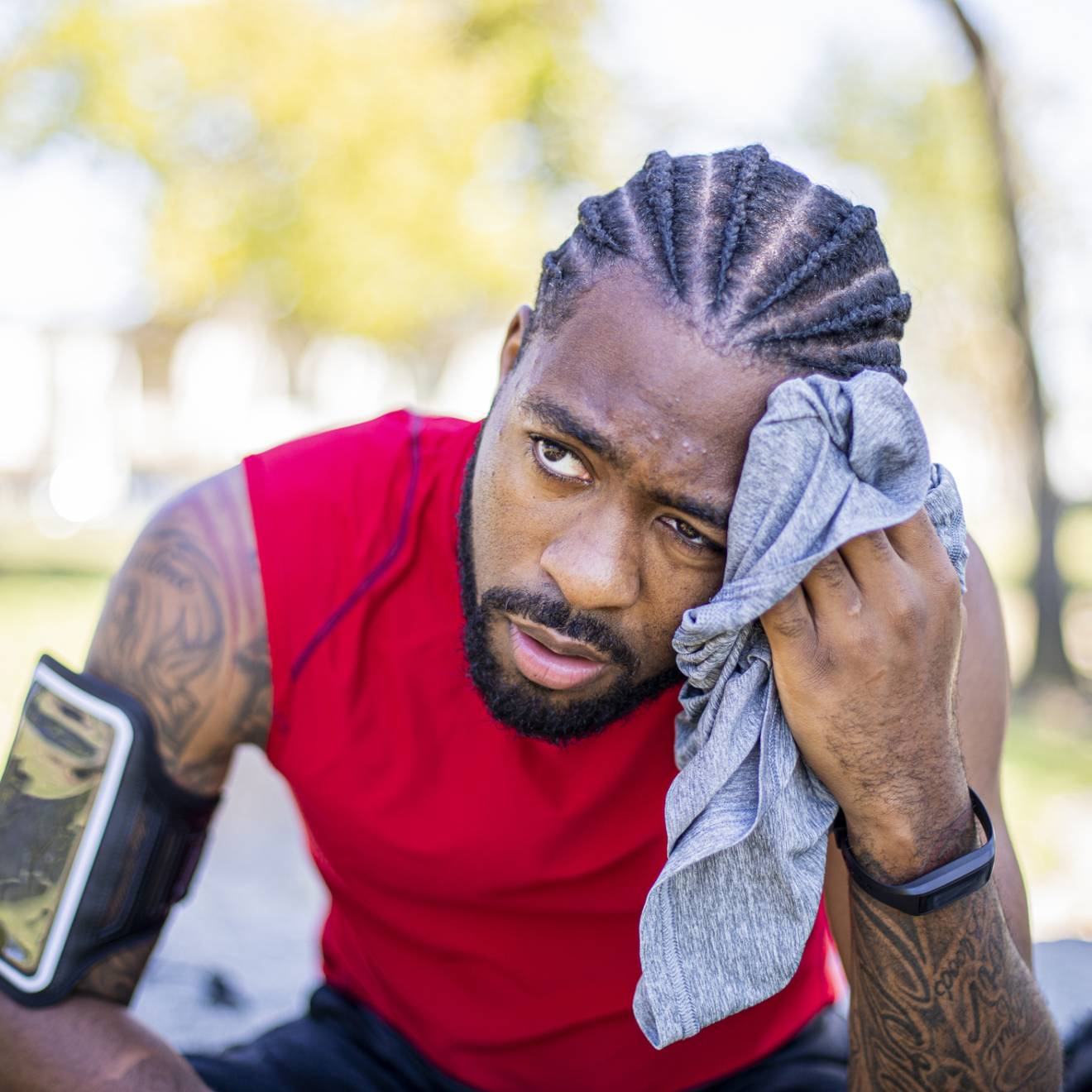Cameron Scott, UC San Francisco

Within a few months of returning to in-person classes when the COVID-19 pandemic eased in mid-2021, San Francisco public schools found themselves in serious trouble. Brawling group fights seemed to come one after another. Some students — even middle schoolers — were bringing knives and guns to school, and at least one serious injury resulted.
The school district was caught flat-footed. Agreements had lapsed for police officers to be posted in schools, leaving no one to confiscate weapons or break up fights.
“It was the perfect storm,” said Jasmine Dawson, director of city and community partnerships at San Francisco’s Department of Children, Youth, and Their Families (DCYF), which steers and funds youth programs in the city.
Dawson and DCYF Executive Director Maria Su convened meetings with representatives from San Francisco Unified School District (SFUSD) and youth-serving community organizations. Without police on hand, an idea that had once seemed naïve rose to the surface: What about preventing violence? For such a bold shift to work, youth advocates would have to reach the most troubled young people through messengers they trusted.
“There was a need to figure out who else worked with these young people,” Dawson said.
UCSF’s Wraparound Project was among those invited to the meetings, “because of the historical knowledge the team has about the families they support,” Dawson said.
Launched back in 2006, the Wraparound Project is a violence intervention program that works with people hospitalized at the Priscilla Chan and Mark Zuckerberg San Francisco General Hospital and Trauma Center (ZSFG) for a violent injury. The project treats violence as a disease: A person injured through violence has risk factors for it that are broadcast and further amplified when they are hospitalized. Wraparound staff approach these patients during their hospital stays to try to earn their consent to connect them with services — including counseling and conflict mediation and rides to court dates and doctors’ appointments — to help them step out of their risk factors. The approach, called violence interruption, has reduced re-injury by half and made the project into a hub of knowledge about the patterns of violence in San Francisco.
“If you are born into a neighborhood and you live there your whole life and the neighborhood is violent — it’s hard to get out of those situations,” explained Amanda Sammann, MD, MPH, the project’s director. “The Wraparound Project tries to find those risk factors and target them with services.”
As a trauma surgeon, Sammann is all too aware of the limits of what she can do to repair the damage done by a bullet or a knife.
“We get tired of seeing people who are violently injured come into the hospital for something that could have been preventable,” Sammann said. “We see preventing re-injury as the very minimum we want to do. If we can affect the upstream, we can stop the injuries from happening in the first place.”
Hospitalized after a shooting, now headed to university
As a result of the 2021 meetings with DCYF and SFUSD, the Wraparound Project expanded its client base to include students who self-refer or are referred by school administrators at three high-need schools. The pilot, which added two violence interrupters for a total of 11, aimed to explore whether Wraparound’s success with hospital patients could work with students.
Sharmaine “Star” Quinnine, a San Francisco native who grew up in the Fillmore District, joined the program in mid-2023 to serve SFUSD students. In her professional life, Quinnine has worked to prevent recidivism among incarcerated people and parolees. Now she spends time at bus stops students use in the mornings and afternoons, talking to any who may be headed down the wrong path.
“The whole concept of, you know, ‘I'm gonna kick your butt after school’ is real,” Quinnine explained. “Our role is to mediate and eliminate any type of violence with the youth. Sometimes it takes mediation with the parents, having them come in, or talking with the school, creating a plan. We do a lot of mediation.”

Another key component is the “warm handoff,” which means finding a community-based organization that is already connected with a person or their family to be the primary contact, ensuring that the client doesn’t face roadblocks in obtaining services.
Violence prevention staff also post fliers with their phone numbers in the schools so students can call if they need help or someone to talk to. This spring, they hosted a seminar led by Wraparound physicians on how bystanders can help shooting victims. The program has set up a peer resource room at Thurgood Marshall High School and is adding a second at Civic Center Secondary School where students can go when they’re angry or afraid. The hope is that youth with big feelings, and most likely big corresponding problems, won’t be sent home from school when they’re in need.
So far, the program has served more than 200 students.
Sometimes they just need a nudge in the right direction to prosper despite the violence swirling around them. Lanise, 17, recently graduated from Balboa High School and was accepted to Tuskegee University in Alabama in the fall to study animal science in hopes of becoming a veterinarian. But less than a year ago, she was hospitalized at ZSFG for a week after she and a school friend were shot.
Quinnine — who says of her approach, “I mother the hell out of them. ‘I love you,’ I tell everybody” — met with Lanise and connected her with a therapist and helped her buy school supplies.
“That helped me along the way, you know, to participate in school,” Lanise said. “I had to do night school and stuff to make up my grades because I had physical therapy. But I wasn’t really stressed that much because I knew that I had my school supplies. It basically took a little bit of stress off me, because I knew that there were people who cared about me.”
Before the damage is done
Violence counselors, school administrators, teachers and students have been thrilled with the program. And it enjoys a full-throated endorsement from district administrators. This spring, the SFUSD partnership shed its status as a pilot program and became a permanent program at all 17 SFUSD high schools with $3 million in DCYF funding.
The secret ingredient — built on a notable success when Wraparound quickly identified a suspect in a March 2023 stabbing that put a middle-schooler in the hospital — is trust. School administrators, Wraparound Project counselors and juvenile justice representatives have built rapport as they shared their perspectives, along the way coming to focus less on punishment and more on prevention.
“There are very few disagreements between our violence interrupters and school administrators. Once you have trust, you can have disagreements, but you can work through them. It’s great for the young people to have that demonstration of how you can work through your problems,” said Su of DCYF.
For trauma surgeons, it finally feels like intervening upstream, before the damage is done, and having a chance to make a difference.
“Wraparound used to be just about preventing re-injury in a very select group of people who were violently injured,” Sammann said. “But now it’s really turned into helping them to be successful, giving them resources to change their life, giving them the mentorship and the support that they need to achieve their goals. We’ve really been working on trying to inspire and empower youth — to show them that there is a different way, that they can get out of their current situations.”

